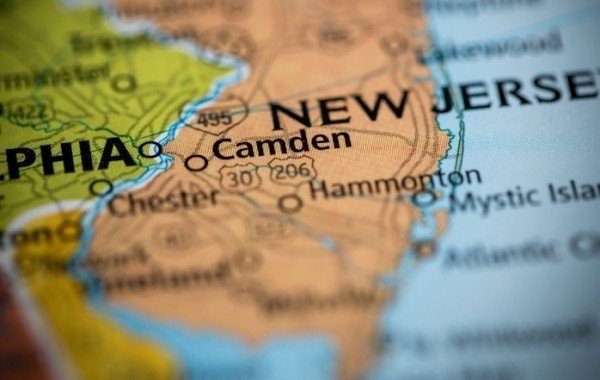New evidence from researchers at the Senator Walter Rand Institute for Public Affairs at Rutgers University–Camden shows that South Jersey doesn’t receive its fair share of public resources in proportion to the rest of the state.
The finding holds true even taking into account factors such as population — which in rural South Jersey is less than the more urbanized counties in Central and North Jersey. For the purposes of the report, South Jersey was made up of Burlington, Ocean, Camden, Atlantic, Gloucester, Salem, Cumberland, and Cape May counties.

Dr. Shauna Shames
“If it were a pie and we divided it by population, it would make sense that South Jersey would get a smaller piece of pie,” said political science professor Dr. Shauna Shames, the study’s lead author. The reason, she said, is that South Jersey has fewer residents on average and pays less in taxes.
“[But] what I have found doing this quantitatively … is that the piece of pie is smaller than you would expect” even when taking those factors into account, said Shames.
Shames and her research partner, Spencer Clayton, focused on three areas in which the government commonly steps in to provide services not available or affordable through the private sector: health care, education, and transportation.
The research team compiled county budget revenue data between 2002 and 2010. In the nine-year span, the mean amount of state aid to northern and central New Jersey counties each double the amount received from the state in South Jersey.
Counties in central New Jersey – from Hunterdon to Monmouth counties – received a combined mean of $8.4 million in state aid. In North Jersey – from Union to Sussex counties – state aid averaged a combined $8.8 million.
South Jersey received a combined $4.1 million, the study showed. Data also shows a “statistically significant difference” in the amount of money the state provided to South and Northern counties for social, welfare and psychiatric services.
Shames said the disparity in public goods had less to do with malice from state politicians than the bureaucratic decision-making mechanisms that have determined how the state meted out public resources over decades.
“What we’re talking about are long-term, slow-moving processes that have just generally produced a lower standard of living and more poverty” in South Jersey, added Shames.











